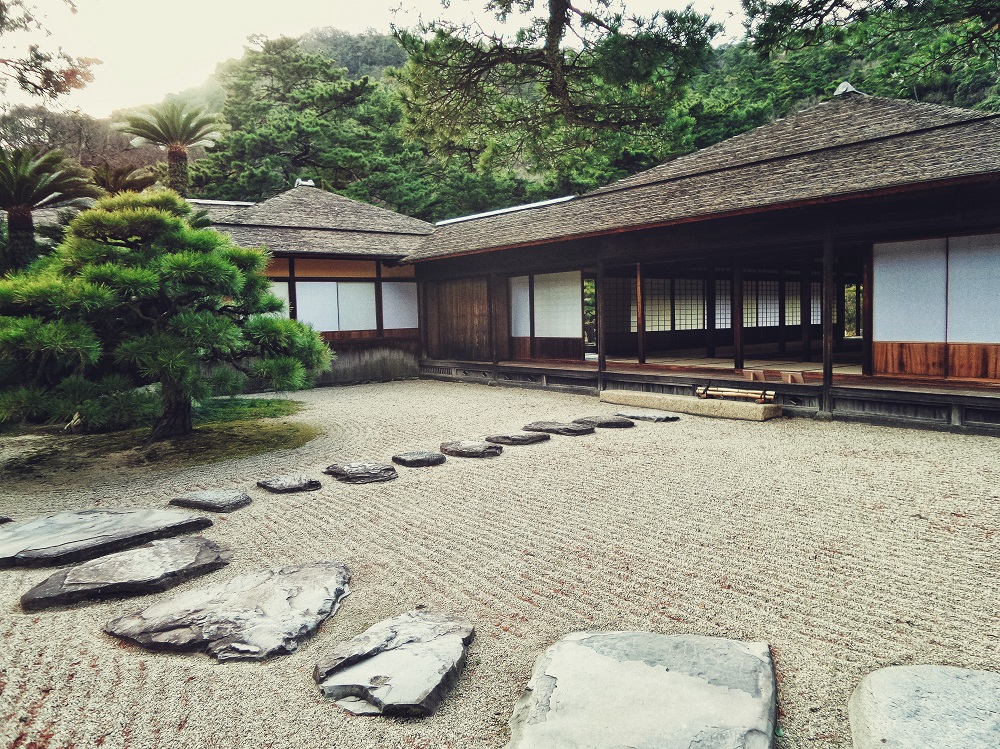- Restaurants contribute significantly to water waste, leading to higher bills and environmental strain.
- Common sources of water waste include leaks, inefficient dishwashing, poor employee habits, and excessive irrigation.
- Solutions for water efficiency include using grey water, installing low-flow fixtures, and automated water systems.
- Rainwater collection and regular water usage monitoring can also contribute to water conservation.
- Reducing water waste is financially beneficial, environmentally responsible, and contributes to a more sustainable food industry.
As a restaurant owner, ensuring every penny spent on utility bills results in profit is essential, but water wastage often goes unaddressed. A restaurant’s day-to-day operations use a considerable amount of water, eventually leading to higher bills and a severe environmental impact. So, it’s vital to pinpoint ways your restaurant could be misusing water and adopt sustainable practices to save you money, decrease environmental strain, and improve your restaurant’s overall efficiency.
Water Waste Today
It’s estimated that the average person wastes 30 gallons of water daily. Multiply that by the number of people in your restaurant, and it’s easy to see how quickly water waste can add up in an establishment. Unfortunately, many restaurants don’t have systems for monitoring their water usage and identifying potential areas of misuse. The result is often a significant amount of water being wasted regularly without owners ever realizing it.
Water Waste And Your Restaurant
Water waste can happen due to various reasons, and it can affect your restaurant in various ways. Here are some of those ways:

1) Water Leaks
A plumbing leak is one of the most common culprits that increase restaurant water wastage. Besides the water waste alone, these leaks can lead to ceiling collapses, mold growth, structural damage, or ruined inventory, which carries hefty repair bills. Make sure to find various water leaks in your kitchen and your restroom to ensure you’re safe from water leaks.
2) Dishwashing Practices
Many restaurants subject their dishwashers to perform their duties manually or without considering their water use. Studies indicate that dishwashers waste over 90% of the water they consume. If your restaurant serves many dishes, invest in an Energy Star dishwasher or an efficient restaurant kitchen dishwasher that can save about one-third of the water use compared to manual dishwashing. By doing this, you can save water and money in your restaurant.
3) Employee Training
Restaurant employees’ actions regarding water significantly impact usage and waste. Train your staff on the importance of turning off taps when not in use, not defrosting food under running water, and only filling up sinks with the water necessary for use. Reducing water usage behaviors such as these could lead to immense savings of several thousand dollars annually.
4) Irrigation And Landscaping
Besides monitoring your restaurant’s internal water usage, you should also consider your outdoor water consumption. Restaurants with outdoor space often maintain a lush landscape with an immense water footprint.
Making Your Restaurant More Water Efficient
As you can see, there are plenty of ways for restaurants to reduce water waste. Here are five ways to help your restaurant become more efficient:

Use Grey Water
One way to save water is to use greywater, the wastewater generated from washing, bathing, and laundering. Harvesting and reusing this water for other purposes, such as landscape irrigation or toilet flushing, can reduce your restaurant’s dependence on potable water.
Install Low-Flow Fixtures
Low-flow fixtures, such as faucets and toilets, are designed to reduce water flow while still providing adequate performance. Replacing existing fixtures with low-flow ones can significantly reduce your restaurant’s water consumption.
Invest In Automated Water Systems
Leading restaurant chains such as McDonald’s are investing in automated water systems that measure and report water use for each location. These systems provide real-time data on a restaurant’s total water consumption.
Collect Rainwater
Harvesting and using rainwater can reduce your restaurant’s dependence on the municipal water supply. Installing a rain barrel or tank in your restaurant could save up to hundreds of gallons annually.
Monitor Water Usage
Monitoring and managing water consumption is essential for improving any facility’s sustainability efforts. Keeping track of your water use regularly helps identify peaks and areas of misuse, allowing you to address them promptly.
Reducing water waste within your restaurant is an environmentally responsible move, provides financial savings, and increases operational efficiency. A combination of waste identification, employee training, sustainable practices, and smart investments in water-saving technologies can profoundly impact your restaurant’s water footprint. By taking a proactive approach towards water conservation, you can contribute significantly towards creating a more sustainable food industry. Remember, every drop saved counts in both monetary and environmental terms.


